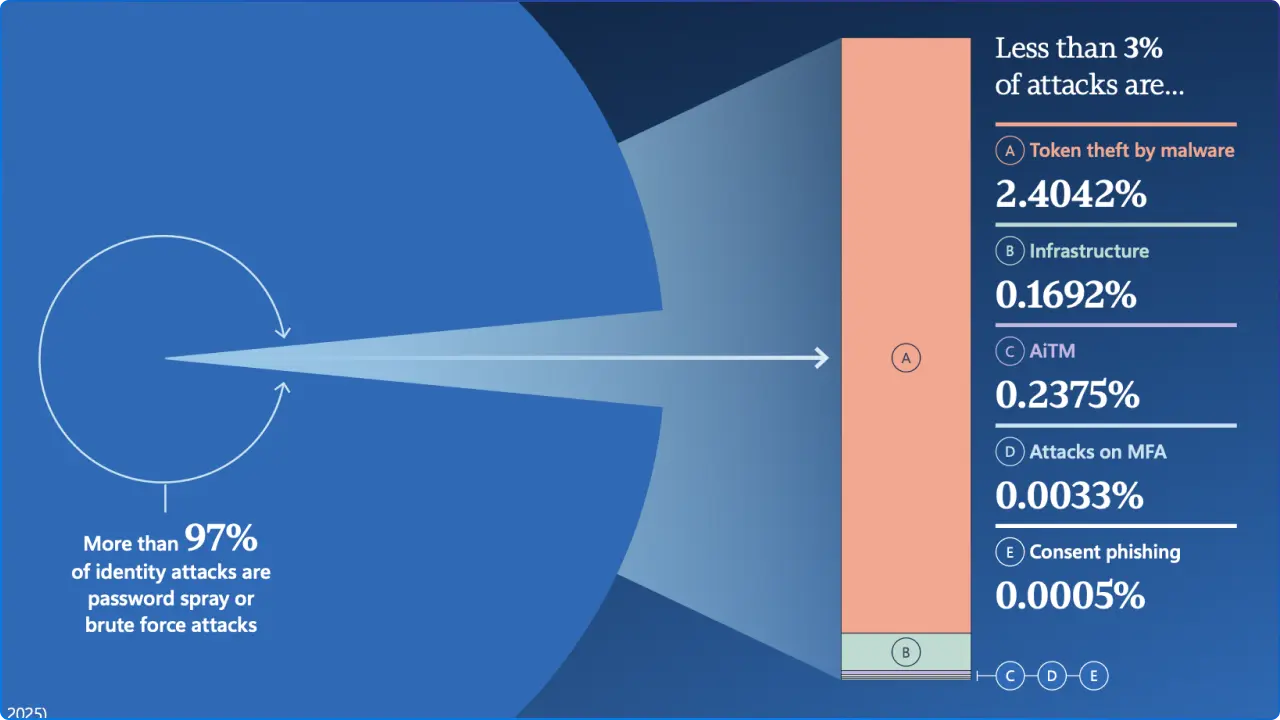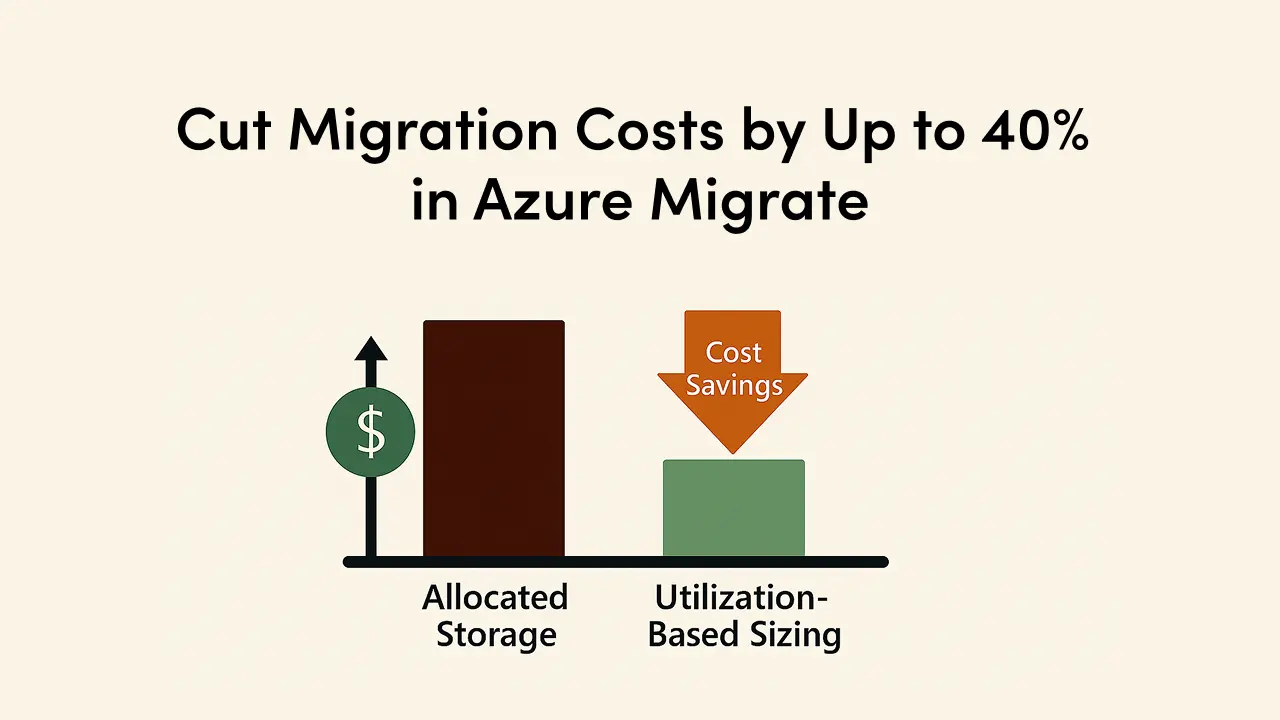
Welcome to your trusted resource for forward-thinking leaders navigating the evolving landscape of cloud transformation. As organizations race to modernize, the question isn’t “if” you’ll move to the cloud, but “how well” you’ll do it. In this issue, you’ll learn how today’s technology leaders are driving real-world results and preparing for tomorrow’s challenges.
The cloud is evolving fast. Stay with us to seize the opportunities and avoid the risks that lie ahead 👇

The Microsoft Digital Defense Report 2025 is a wake-up call for every Microsoft 365 and Azure leader: attackers aren’t breaking in, they’re logging in and blending in. The blog delivers a practical playbook for technology leaders, emphasizing the urgent need to prioritize identity protection, cloud resilience, data governance, and AI security. It outlines actionable steps, like enforcing phishing-resistant MFA, governing workload identities, and deploying layered AI defenses to help organizations move beyond compliance and build real-world resilience.

Microsoft Ignite 2025 is where cloud innovation takes center stage. This year’s event, happening November 18–21 in San Francisco, both in-person and online, dives deep into the future of modernization. Think AI-driven migration strategies, advanced Azure capabilities, and real-world success stories that drive transformation. For IT leaders and cloud professionals, Ignite is more than a conference; it’s a roadmap to building resilient, scalable, and intelligent cloud environments. Join the global conversation, connect with experts, and explore solutions designed to make your cloud more agile, secure, and intelligent.

This post introduces a powerful enhancement in Azure Migrate: storage utilization-based recommendations. It’s a game-changer for organizations looking to right-size workloads and cut unnecessary costs. By analyzing real usage patterns, Azure now helps you optimize storage without sacrificing performance. For leaders focused on modernization ROI, this feature turns guesswork into precision, making every migration dollar count.
Microsoft Purview Data Catalog streamlines how teams find and manage data by automatically mapping assets across cloud and on-premises sources. This guide highlights fast search, smart classification, and error tracking making it easier to spot, fix, and govern data for analytics and AI, without exposing sensitive details. With Purview, teams can organize and secure data for analytics and AI, while the Unified Catalog promises even faster discovery and control.
Data quality isn’t optional in a modern cloud strategy, it’s mission critical. With GA support for publishing error records to cloud storage, Purview now gives data engineers and analysts the tools to monitor, correct, and continuously improve data quality. Imagine dashboards powered by Unified Catalog metadata and error records, driving decisions that reduce risk and unlock new opportunities for growth. This update transforms governance from reactive to proactive.

GitHub Copilot’s Agent Mode introduces automated upgrades for legacy Java and .NET applications, handling code analysis, dependency updates, build fixes, security scans, and containerization for Azure deployment. Real-world examples from Microsoft Teams and Ford show significant reductions in upgrade time and effort, helping teams improve security and move applications to cloud-native platforms with measurable results.
Modernization isn’t just about building faster, it’s about building resilient. This article explores how Azure Chaos Studio and Azure Load Testing can work together to simulate real-world stress scenarios. By injecting controlled faults during load tests, teams gain actionable insights into system behavior under pressure. For leaders driving cloud adoption, this approach ensures that modernization efforts deliver not only agility but also reliability; critical for mission-critical applications in today’s unpredictable digital landscape.
The developer experience is evolving beyond local machines, and this blog captures that shift perfectly. With Microsoft Dev Box and GitHub Codespaces, the future of app development is cloud-first, collaborative, and boundaryless. For organizations embracing modernization, this means faster onboarding, secure environments, and the flexibility to innovate anywhere. It’s a compelling vision of how cloud-powered development platforms are redefining productivity and enabling teams to deliver value at speed.

Microsoft Purview Compliance Analytics helps organizations quickly identify where sensitive data is stored, monitor policy effectiveness, and streamline audit reporting. With intuitive dashboards and Power BI integration, it simplifies compliance management for SharePoint and Copilot, while new AI governance features ensure secure collaboration and data protection in modern cloud environments. Whether you’re rolling out SharePoint, tuning DLP, or preparing for audits, Purview’s analytics deliver confidence for modern cloud environments.
The migration of Microsoft Sentinel from the Azure portal to the Microsoft Defender portal is more than a UI change, it’s a strategic modernization move. This shift consolidates detection, investigation, and response workflows into a unified experience, reducing complexity and accelerating incident resolution. For organizations embracing cloud-native security, this integration streamlines operations, enhances alert correlation, and positions SOC teams to leverage advanced AI and automation capabilities. It’s a clear signal that Microsoft is aligning its security ecosystem for holistic, future-ready defense strategies.
Attackers are increasingly exploiting the elasticity of Azure to operate in stealth, scaling their campaigns without detection. This blog unpacks how adversaries leverage dynamic cloud resources, like ephemeral VMs and transient identities, to evade traditional security controls, and why visibility gaps in unmanaged assets amplify risk. It emphasizes the need for proactive exposure management, integrating signals across protocols and platforms to classify critical assets and disrupt attack paths before they escalate. For organizations embracing cloud agility, the takeaway is clear: elasticity must be matched with adaptive security strategies that prioritize context, automation, and continuous monitoring.
Modernization isn’t a one-time initiative; it’s a continuous operating model that demands participation at every level. Forward this to your core team and challenge your teams to mature one cloud capability this quarter. The organizations that thrive are those that treat transformation as a habit, not a milestone. Progress is built on momentum, and every step forward compounds your advantage.
Join Our Mailing List